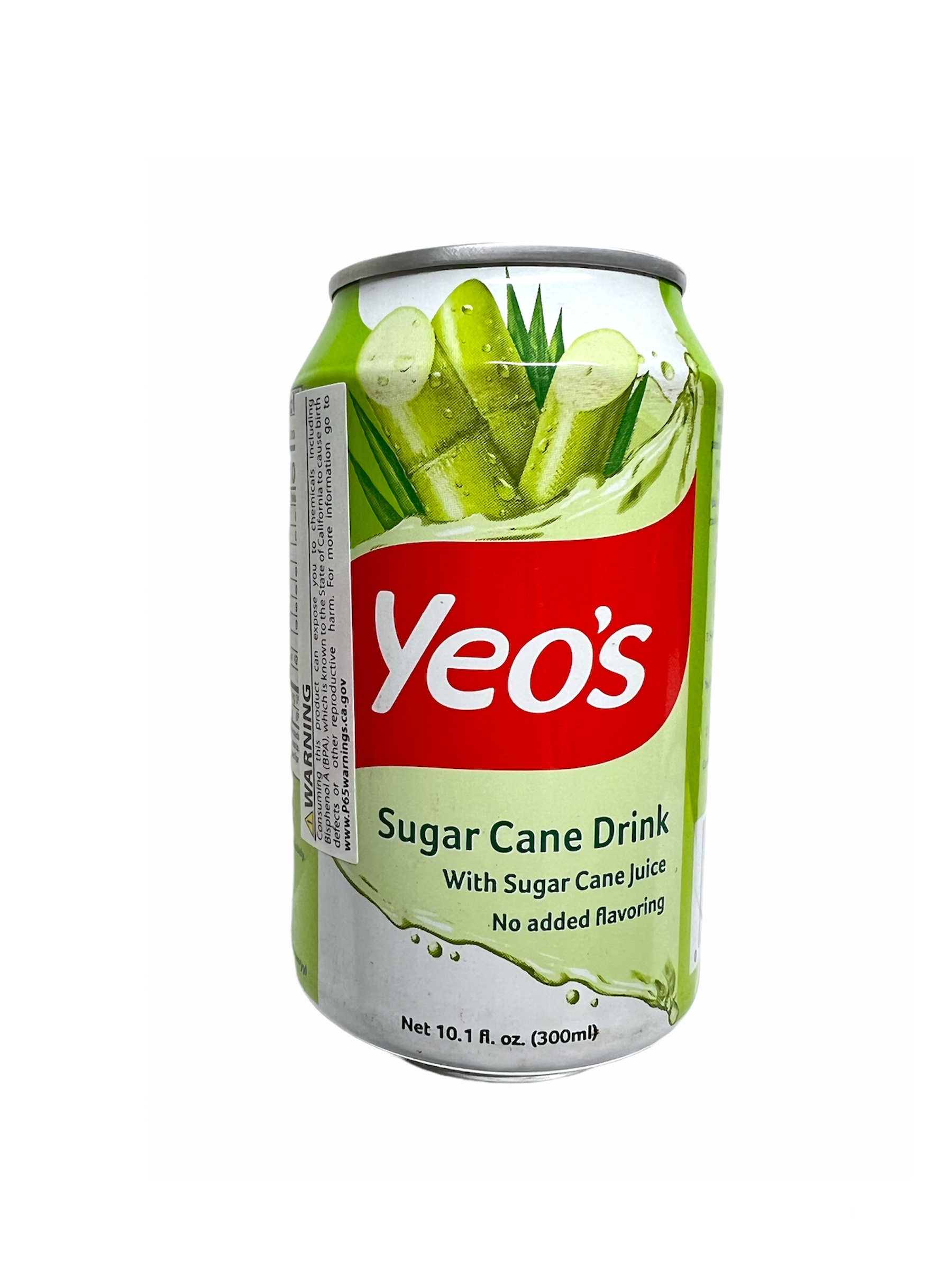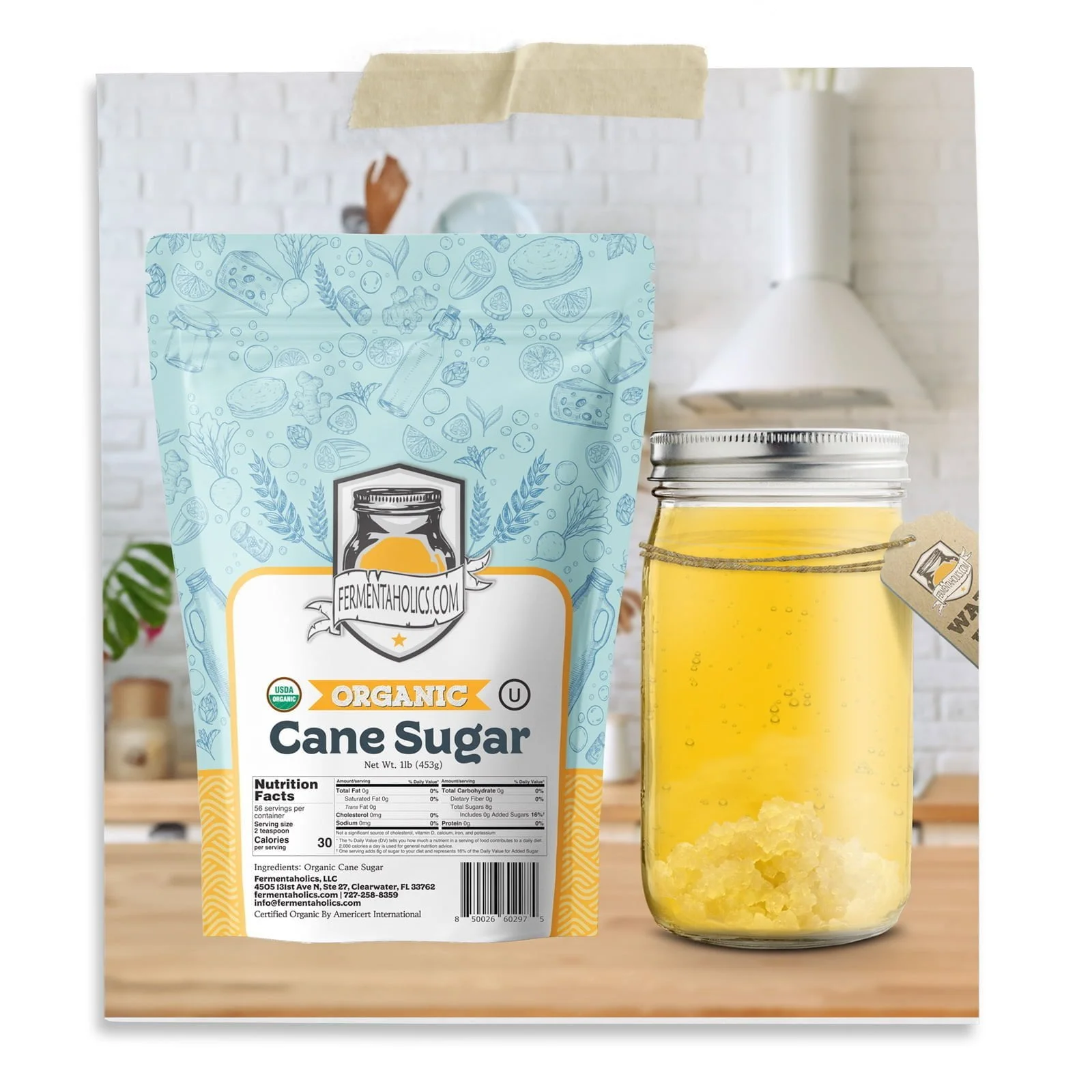Discovering the Versatile Use Sugar Cane Beyond Sugar
Sugar Cane is typically associated entirely with sugar, yet its applications expand far past. This flexible plant plays a critical role in numerous markets, including biofuels and bioplastics. Additionally, its fibers add to sustainable construction and textiles. The financial effects of sugar Cane manufacturing additionally emphasize its value. As advancements continue to arise, the capacity of sugar Cane to drive financial and ecological innovations becomes increasingly apparent. What other shocks does this resistant plant hold?
The Role of Sugar Cane in Biofuels
As nations seek sustainable power resources, sugar Cane has become a vital gamer in the biofuels industry. This exotic plant is rich in sucrose, which can be fermented to create ethanol, a sustainable gas alternative to fossil gas. The cultivation of sugar Cane for biofuel manufacturing not only minimizes greenhouse gas exhausts yet additionally contributes to energy security, particularly in sugar-producing nations.
Furthermore, sugar cane-derived ethanol can be blended with gas, enhancing its octane rating and minimizing dependence on non-renewable resources. The byproducts of sugar Cane processing, such as bagasse, are important for creating electrical power, making the whole manufacturing cycle energy-efficient.
Research remains to explore sophisticated methods for taking full advantage of energy return from sugar walking cane, strengthening its role in the change to cleaner power remedies. As global need for lasting gas boosts, sugar Cane sticks out as an important element of the biofuel industry.
Sugar Cane as a Source of Bioplastics
The ecological influences of plastic contamination are progressively worrying, sugar Cane offers an appealing alternative as a resource of bioplastics. Stemmed from renewable energies, bioplastics made from sugar Cane can considerably decrease reliance on petroleum-based plastics. These bioplastics are produced via the fermentation of sugars extracted from the walking stick, resulting in materials that can be compostable or eco-friendly, relying on their formulation.
Making use of sugar Cane bioplastics not only diminishes carbon exhausts but likewise promotes sustainable agricultural methods. By utilizing agricultural waste and by-products, the general environmental footprint of production is lessened. Furthermore, products made from sugar Cane bioplastics can perfectly incorporate right into existing waste monitoring systems, attending to problems regarding waste accumulation.
As sectors seek sustainable services, sugar cane-based bioplastics represent a practical alternative that aligns with worldwide efforts to battle plastic pollution and promote a round economic climate.
Medicinal Applications of Sugar Walking Cane
Sugar Cane is identified for its antioxidant residential or commercial properties, which add to numerous wellness benefits. Furthermore, it has been utilized in typical solutions throughout societies, highlighting its value in alternative medicine. These attributes highlight the possibility of sugar Cane in the field of medical applications.
Antioxidant Characteristics of Walking Cane
Various research studies have disclosed that sugar Cane has considerable antioxidant properties, making it a beneficial element in medicinal applications. The phenolic substances found in sugar cane, such as flavonoids and phenolic acids, add to its ability to reduce the effects of totally free radicals, thereby reducing oxidative anxiety in the body. This antioxidant activity is linked to various health and wellness advantages, consisting of enhanced cardio wellness and boosted immune function. Furthermore, sugar Cane essences have been revealed to exhibit anti-inflammatory effects, which can further support overall health and wellness. By combating oxidative damages, sugar Cane may play a role in the prevention of persistent diseases, making it an appealing topic of research for its potential therapeutic usages in contemporary medication.
Standard Treatments and Makes Use Of
While modern-day medication frequently relies upon synthetic substances, conventional treatments utilizing sugar Cane emphasize its historical relevance in numerous societies. In lots of tropical regions, sugar Cane juice has actually been utilized as a natural solution for ailments such as dehydration and digestion concerns. Its high water content and important nutrients make it a favored therapy for urinary system infections and kidney stones. In addition, sugar Cane is believed to have anti-inflammatory buildings, aiding in the relief of aching throats and respiratory problems. People medicine frequently incorporates sugar Cane in concoctions to boost energy and boost overall well-being. These olden techniques underscore the flexibility of sugar walking cane, expanding its worth past sweetness to include wellness and health applications.
Eco-Friendly Building Materials From Sugar Walking Cane
Sugar walking stick, typically identified for its wonderful return, is obtaining attention as a resource of green building products. These products provide sustainable structure solutions, featuring eco-friendly compounds that reduce ecological effect. Furthermore, sugar cane-derived products provide efficient insulation properties, boosting energy efficiency in structures.
Sustainable Building Solutions
As the global need for lasting building and construction products rises, ingenious options derived from sugar Cane have become a viable alternative. This eco-friendly resource presents numerous applications in environmentally friendly structure options, especially via its by-products. Sugar Cane fibers, recognized for their toughness and resilience, can be used in developing insulation materials and composite panels. In addition, the juice and molasses from sugar Cane can be processed into bio-based adhesives, minimizing dependence on petroleum-based items. Using sugar Cane not just lessens waste however additionally adds to lower carbon discharges throughout manufacturing. Additionally, integrating these materials into building and construction practices sustains the circular economic situation, promoting sustainability while attending to journalism ecological obstacles dealt with by the building and construction industry.
Biodegradable Composite Products
Naturally degradable composite products have actually gathered attention as sustainable choices in construction, particularly those stemmed from sugar walking stick. These products utilize the coarse results of sugar cane, such as bagasse, to create composites that are both lightweight and solid. By integrating these all-natural fibers, suppliers can produce products that reduce dependence on conventional plastics and non-renewable resources. The sustainable nature of sugar Cane composites not only reduces ecological effect however additionally sustains agricultural economic climates by supplying additional earnings streams for farmers. On top of that, the biodegradability of these composites assurances that they do not add to long-term waste in landfills. As the building market seeks greener remedies, sugar cane-derived compounds offer an appealing path towards extra environmentally friendly building methods.

Insulation Qualities and Perks
The insulation homes of environment-friendly building materials stemmed from sugar Cane offer substantial benefits in power effectiveness and climate control. Sugar Cane fibers have all-natural insulating high qualities that assist control interior temperatures, decreasing the demand for excessive home heating or air conditioning. This particular adds to reduce power consumption, promoting sustainability in building techniques. In enhancement, making use of sugar cane-based insulation materials is helpful for indoor air high quality, as they are less most likely to produce unstable organic compounds (VOCs) contrasted to traditional insulation products. Additionally, these products are biodegradable, lining up with eco-conscious construction goals. As the building sector looks for greener choices, sugar cane-derived insulation attracts attention as an encouraging solution that incorporates functionality with environmental obligation, sustaining both power financial savings and ecological preservation.
Sugar Cane in the Textile Industry
Commonly forgotten, sugar Cane plays a significant function in the fabric industry, mostly via the production of lasting fibers. These fibers, acquired from the plant's by-products, are increasingly acknowledged for their eco-friendly properties. Sugar Cane fibers, such as bagasse and sisal, are biodegradable and long lasting, making them eye-catching alternatives to traditional synthetic fibers.
Their use in textiles promotes sustainability by minimizing reliance on petroleum-based products while likewise supplying a method for waste decrease from sugar production. In addition, developments in textile handling have made it possible for producers visit to blend sugar Cane fibers with various other materials, enhancing the general quality and flexibility of fabrics.
This change in the direction of integrating sugar Cane in textiles reflects a broader pattern in the industry, intending for eco liable practices. As demand for sustainable materials proceeds to climb, sugar walking cane's function in fabrics may broaden, supplying both financial and ecological advantages.
Nutritional Advantages and Pet Feed

Additionally, sugar Cane has important minerals and vitamins that boost the dietary account of pet feed, improving immunity and overall health. Its wonderful taste and palatability make it an attractive feed alternative, motivating feed intake among animals. By incorporating sugar Cane right into their diets, livestock manufacturers can reduce reliance on traditional feed resources, potentially lowering feed expenses while maintaining animal health and performance. Subsequently, sugar Cane becomes a nourishing and sustainable alternative in the area of animal farming.
The Economic Effect of Sugar Cane Manufacturing
While lots of farming products contribute to local economic situations, sugar Cane manufacturing stands apart due to its substantial financial effect across different areas. This functional crop not just provides employment possibility in distribution, farming, and handling but likewise supports ancillary sectors such as transport and manufacturing. In countries like Brazil and India, sugar Cane is a crucial vehicle driver of rural development, cultivating financial stability and boosting source of incomes.
The byproducts of sugar walking stick, including ethanol and molasses, better branch out income streams, developing added markets and lowering dependency on typical sweeteners - What Is Sugar Cane Used For. In addition, as global need for renewable resource increases, the function of sugar Cane in biofuel manufacturing is coming to be progressively noticeable, bring in financial investments and boosting neighborhood economies. In general, the financial implications of sugar Cane manufacturing are profound, influencing both regional work markets and more comprehensive economic trends in areas reliant on this crucial plant
Often Asked Questions
Exactly How Is Sugar Cane Processed Into Biofuels?
The handling of sugar Cane right into biofuels entails extracting juice, fermenting it into ethanol, and refining the item. This approach takes advantage of the plant's all-natural sugars, changing them into renewable energy resources for different applications.
What Are the Environmental Benefits of Making Use Of Sugar Walking Cane?
The environmental benefits of using sugar Cane consist of lowered greenhouse gas emissions, enhanced dirt health and wellness with sustainable farming practices, and reduced dependence on fossil fuels, which collectively add to a much more eco-friendly and lasting agricultural system.

Can Sugar Cane Be Grown in Any Climate?

Sugar Cane grows in tropical and subtropical environments, requiring warm temperatures, sufficient sunshine, and adequate rainfall. Its growth is limited in cooler regions, making it view it now improper for temperate or arctic environments where frost happens.
What Are the Historic Uses Sugar Cane?
Historically, sugar Cane served different purposes past sweetening - What Is Sugar Cane Used For. It was utilized for creating rum, as a resource of biofuel, in conventional medicine, and for crafting materials like paper and molasses, showcasing its varied applications throughout different societies
Exactly How Does Sugar Cane Influence Resident Economies?
The effect of sugar Cane on regional economies is significant, supplying employment, increasing agricultural sectors, and promoting trade. Its cultivation sustains country livelihoods and stimulates local markets, contributing to general financial growth and area growth.
The financial ramifications of sugar Cane manufacturing better highlight its relevance. Obtained from renewable sources, bioplastics made from sugar Cane can greatly lower dependence on petroleum-based plastics. Biodegradable composite products have gathered focus as lasting alternatives in building and construction, particularly those derived from sugar cane. These products make use of the coarse byproducts of sugar cane, such as bagasse, to develop compounds that are both solid and lightweight. While many farming assets contribute to neighborhood economies, sugar Cane manufacturing stands out due to its substantial economic effect throughout different regions.